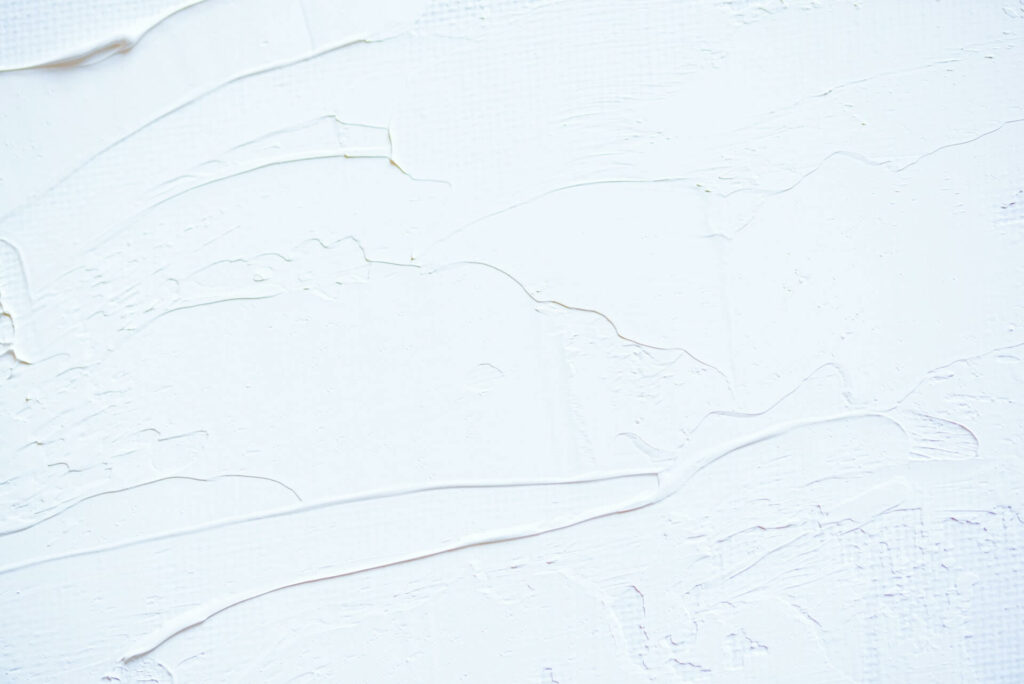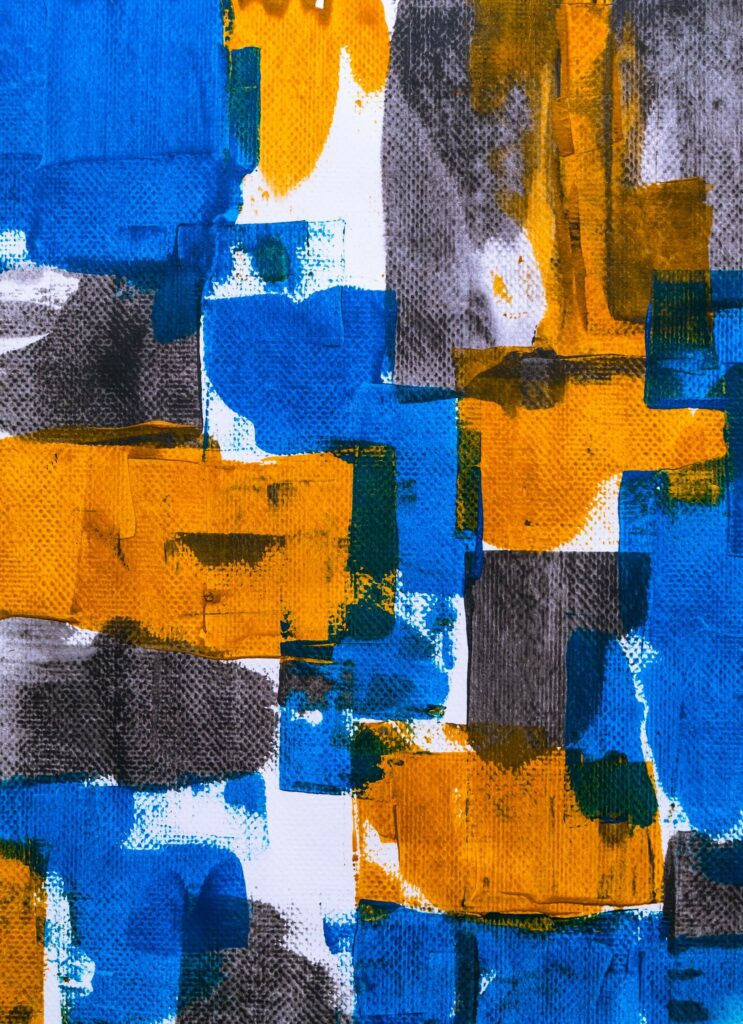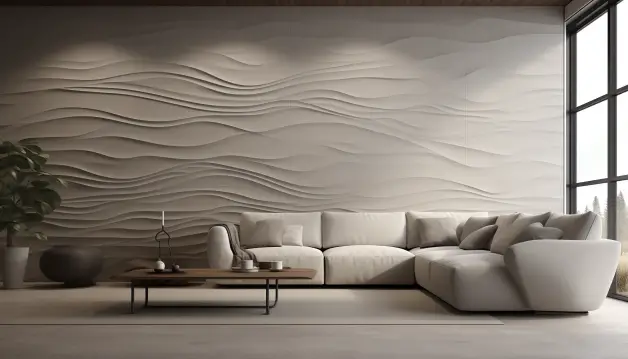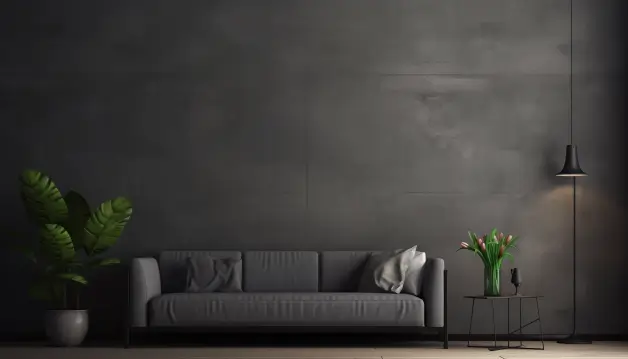Texture Paint | Techniques | Advantages | Disadvantages | Types | Tips | Applying | Conclusion | Faqs
Are you considering the features you want your textured paint to provide? Do you want a simple matte finish or something with more texture and design? Check out the post below!
With the cold weather finally arriving, it’s time to start thinking about ways to spruce up your home before the fall season. One way you can do this is by using texture paint to add a bit of extra pop to your walls and furniture. In this article, we’ll show you just how easy it is to use texture paint and give you tips on applying it best.

What exactly is texture paint?
Texture paint is a type of acrylic paint that has a textured surface. You can use texture paint to give your home a makeover by adding an extra layer of dimension and interest. Textured paint is ideal for painting walls, ceilings, and furniture.
Textured paint techniques

Texture paint is a popular way to add texture and visual interest to any room in your home. You can use it on walls, ceilings, floors, and furniture. You can create many different textures, so there’s sure to be one that will appeal to you.
Here are some tips for using texture paint:
-Start by choosing a texture you like. It might be helpful to sketch out a rough idea of what you want the finished product to look like before you start painting.
-Apply the texture using a brush or roller. Be sure to distribute the paint throughout the surface evenly.
-Let the paint dry completely before decorating with your choice of accessories.
Textured wall paint advantages

Textured wall paint provides amazing texture and depth to a room, giving it a more finished and polished look. Texture paints come in various finishes, from simple, matte textures to
more intricate patterns and designs. Some of the benefits of using textured wall paint are that it can add personality and interest to a room, it can be used to cover up flaws in walls or ceilings, and it is affordable.
Here are some advantages of the right texture paint for your home:
- Textured wall paint is often best used on walls or ceilings, as it can provide a more finished look than traditional wallpaint. If you only need a small area covered, consider opting for a semi-transparent texture.
- Textured wall paint is typically less expensive than other types of paints, so if you are looking for a finishing touch for your home without breaking the bank, textured wall paint is the way to go.
Disadvantages of textured wall paint
Texture painting is a popular way to add a bit of personality and interest to a room. However, textured wall paint can have some disadvantages.
- First, the texture may be difficult to clean.
- Second, it may be difficult to match other textures in the room, making it challenging to create a cohesive look.
- Finally, the texture may not last long if it is exposed to moisture and sunlight.
Texture paint types
Textures create a three-dimensional look on walls and ceilings, adding depth and interest to a room. Various textures can be added to your home using texture paint, including bumpy, textured, and matte finishes. Texture paints are available in various colours and can be used to give your walls and ceilings a unique look.
To add texture to your walls or ceilings, start by choosing the right type of paint. Texture paints come in various types, including bumpy, textured, and matte finishes. Each type of paint has its advantages and disadvantages.

– Bumpy textures are the most popular texture paint because they provide a realistic look. However, bumpy textures can be difficult to apply because they require a lot of skill and patience.

– Textured textures are less popular than bumpy textures because they don’t provide as realistic of a look. However, textured finishes can be more versatile because they can be used on walls and ceilings.

– Matte textures are the least popular type of texture paint because they don’t provide as realistic a look as bumpy or textured textures. Matte finishes are also less versatile than either bumpy or textured ones.
Tips for texture painting
Texture painting is a popular way to add a bit of pizzazz to any room in your home. It’s easy to do, and you can use it to give your walls a new look without spending a fortune. Here are tips for texture painting that will help you get the most out of this fun technique.
1. Start with a clean surface. If your wall is already textured, remove any old paint or dust before starting. Texture painting is all about adding texture, not covering up existing textures.
2. Choose your paint wisely. Texture paint is designed to be applied over existing textures, so choose a paint that will blend well with your walls’ texture. Some paints are designed specifically for texture painting, while others can be used for texturing and painting projects.
3. Use a brush in small strokes. Texture painting is about adding detail, so use a brush in small strokes to create the most subtle effects. Don’t try to cover an entire wall with one stroke!
4. Let the paint dry. After the paint dries completely before moving the piece of furniture or decor you’ve painted with it.
Applying textured paint – Step-by-step process
Texture paint is a great way to add interest and texture to your home. Here are some tips for applying texture paint to your walls, ceilings, and floors:
-Start by sketching the desired layout on the surface you’ll be painting. Use painter’s tape or a pencil to ensure accurate measurements.
-Apply a base coat of the desired colour to the surface. Texture paint requires a heavier coat than traditional paint, so apply several coats until you achieve the desired look.
-Once the base coat is completely dry, apply your desired texture using an airbrush or textured brush. Be careful not to apply too much pressure when applying the texture, as this can cause cracks in the paint.
-Allow the texture to dry thoroughly before polishing or finishing.
Conclusion
Texture paint is an affordable way to do it if you’re looking to spruce up your home without spending a fortune. Texture paint is available in many colours and can be used on any surface. By painting small areas at a time, you can create amazing effects that will add life to your walls and floors. If you want to give your entire home a makeover, consider using texture paint as one of your main tools.
FAQs
1. What exactly is textured paint?
Texture paint is a type of paint that has small pieces of metal, plastic, or other materials mixed in with the paint. These small pieces add texture and depth to the paint.
Texture painting can be used to give your home a makeover. You can use it to cover existing walls or ceilings with a new look. You can also add new textures to existing furniture or flooring.
To use texture paint, you need first to decide what type of texture you want to achieve. You can then choose from a variety of textures that are available in the market. Once you have chosen a texture, you must mix it with the appropriate amount of paint. You can then apply the paint using a brush or a spray gun.
2. What is the approximate cost of textured paint?
Texture paint is a type of paint that has a textured surface. This surface is often used to give a home a makeover.
Texture paint is available in many different colours and styles. It can be used to give a home a new look or to update its existing look.
The cost of texture paint in India varies depending on the location. However, the average cost is around Rs. 3,000 per gallon.
